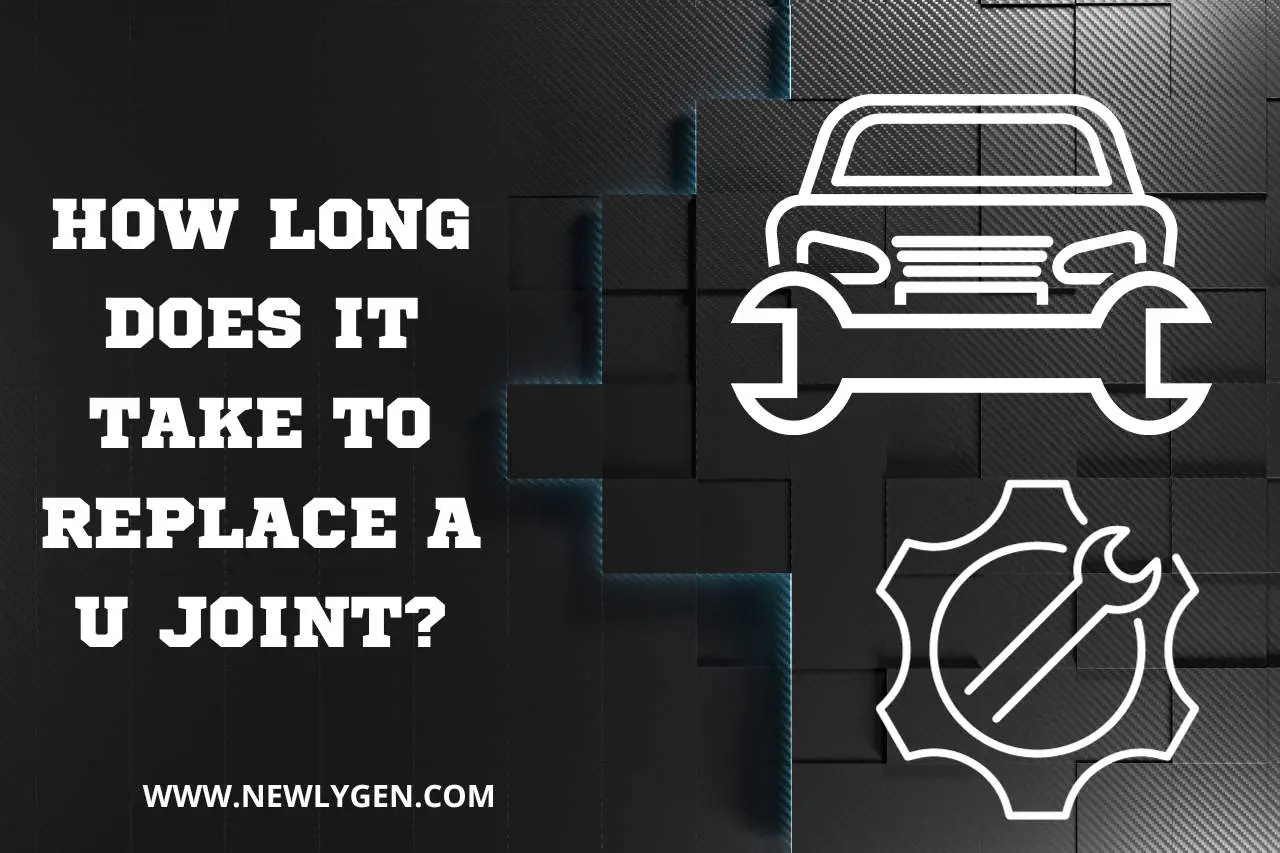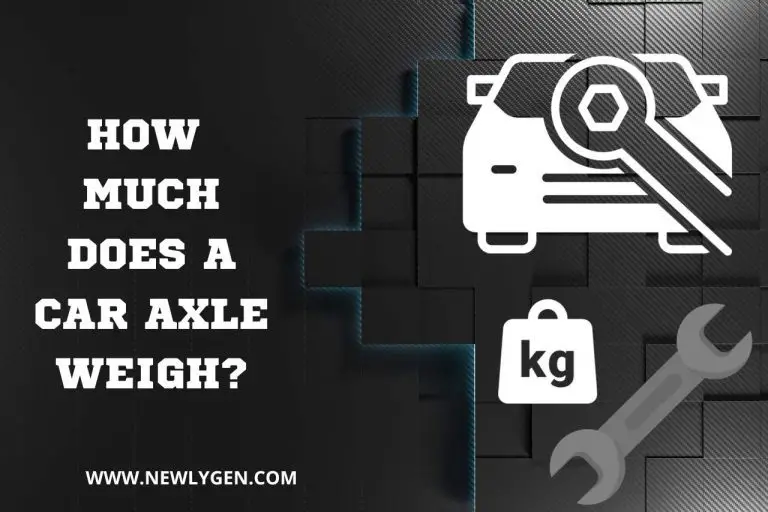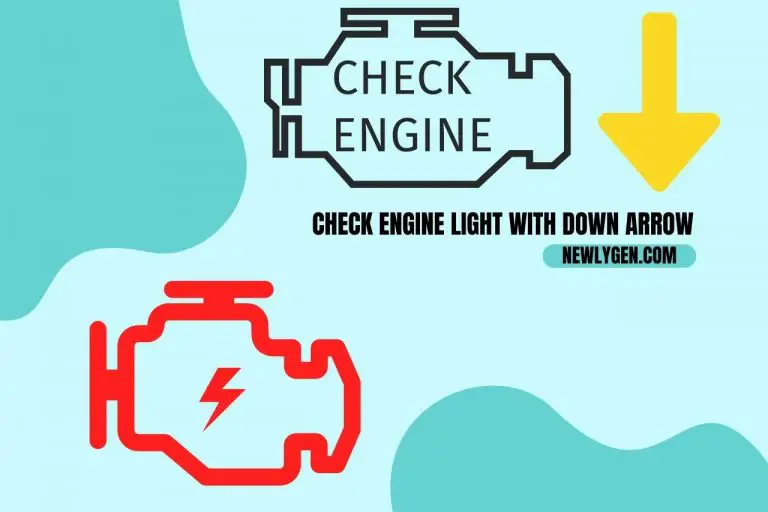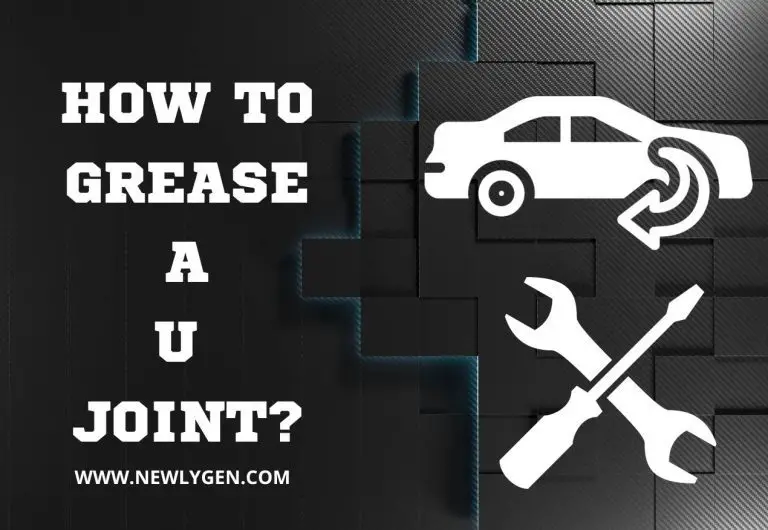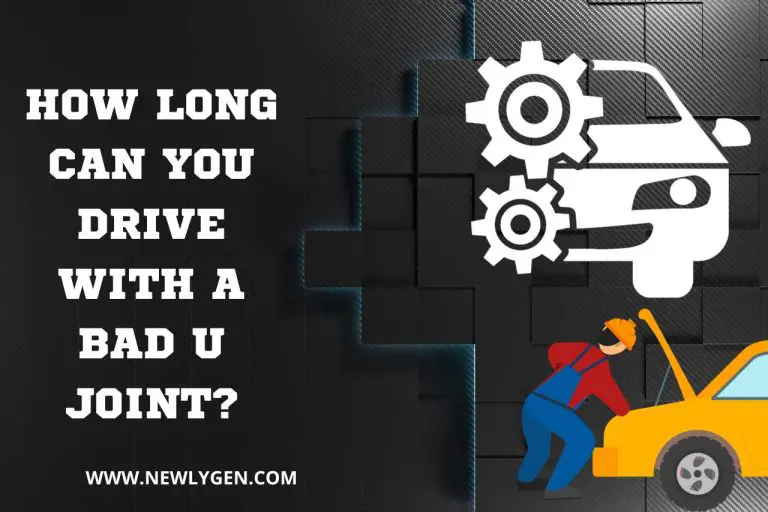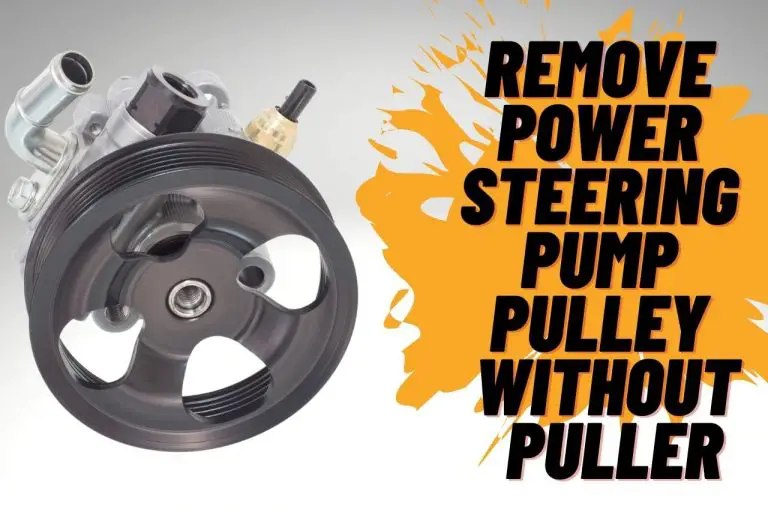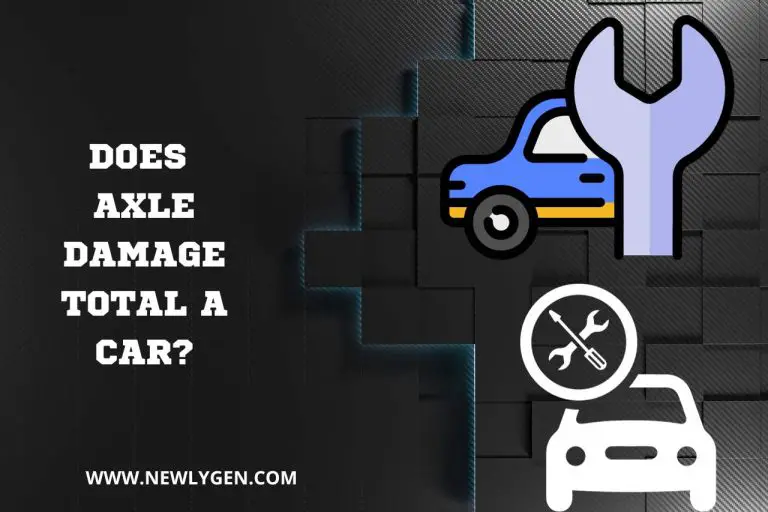How Long does It Take to Replace a U Joint? Efficiency Matters!
Replacing the vehicle’s U joint at the right time is essential to ensure the smooth performance of driveshafts. But many drivers worry how long it can take to replace a U joint. In this guide, we will reveal the time, duration, and cost that U joint replacement takes. So you can get an idea prior to visiting the service station. Moreover, you will learn when U joints need replacement by the end of this blog post.
How Long does It Take to Replace a U Joint?
Replacing a universal joint (U-joint) on a vehicle typically takes between one to two hours. However, this time frame can vary based on several factors, such as vehicle model. Check the complete list of determinants below.
- Experience and Skill Level: A professional mechanic can usually complete the task more quickly than an amateur.
- Vehicle Type and Model: Some vehicles have more accessible U-joints than others. For instance, trucks often have more room to work, while compact cars might be more cramped. In order to locate the u joint, you will need the help of the user manual.
- Condition of the Vehicle: If the U-joint and surrounding components of your vehicle are severely rusted or corroded, it may take longer to remove and replace the U-joint.
- Tools and Equipment: Having the right tools and a lift can significantly speed up the process.
- Type of U-joint: Some U-joints are designed for easier replacement than others. For example, U-joints with C-clips may be quicker to replace than those with full-circle clips.
- Any Additional Repairs: If additional issues are discovered during the replacement, such as damaged drive shafts or bearings, this will extend the time required.
How Much does It Cost to Replace a U Joint?
The cost of replacing a U-joint typically ranges from $250 to $300, but this can vary based on parts, labor, and complexity. From our experience, here’s a breakdown to help you understand the costs:
- Parts: Basic U-joints are usually around $20, but if you need a premium one, it could be up to $80. Don’t forget about $5 for grease, which is essential for lubrication.
- Labor: The labor cost is a big part of the total. Mechanics usually take 1-2 hours to replace a U-joint, and they charge about $80-$100 per hour. Remember that the rate can vary depending on where you live and the mechanic’s experience.
- Complexity: If the U-joint is easy to get to and has bolted-on joints, it’ll be cheaper. But if it’s a pressed-in U-joint or in a hard-to-reach spot, the cost goes up. Moreover, additional repairs can increase the cost.
So, if you’re doing it yourself, it might only cost around $105. But if you need a mechanic, especially for a tricky job, you could be looking at $250 or more. Always best to get a specific quote for your car to know for sure! Remember, these prices are just estimates based on what we’ve seen.
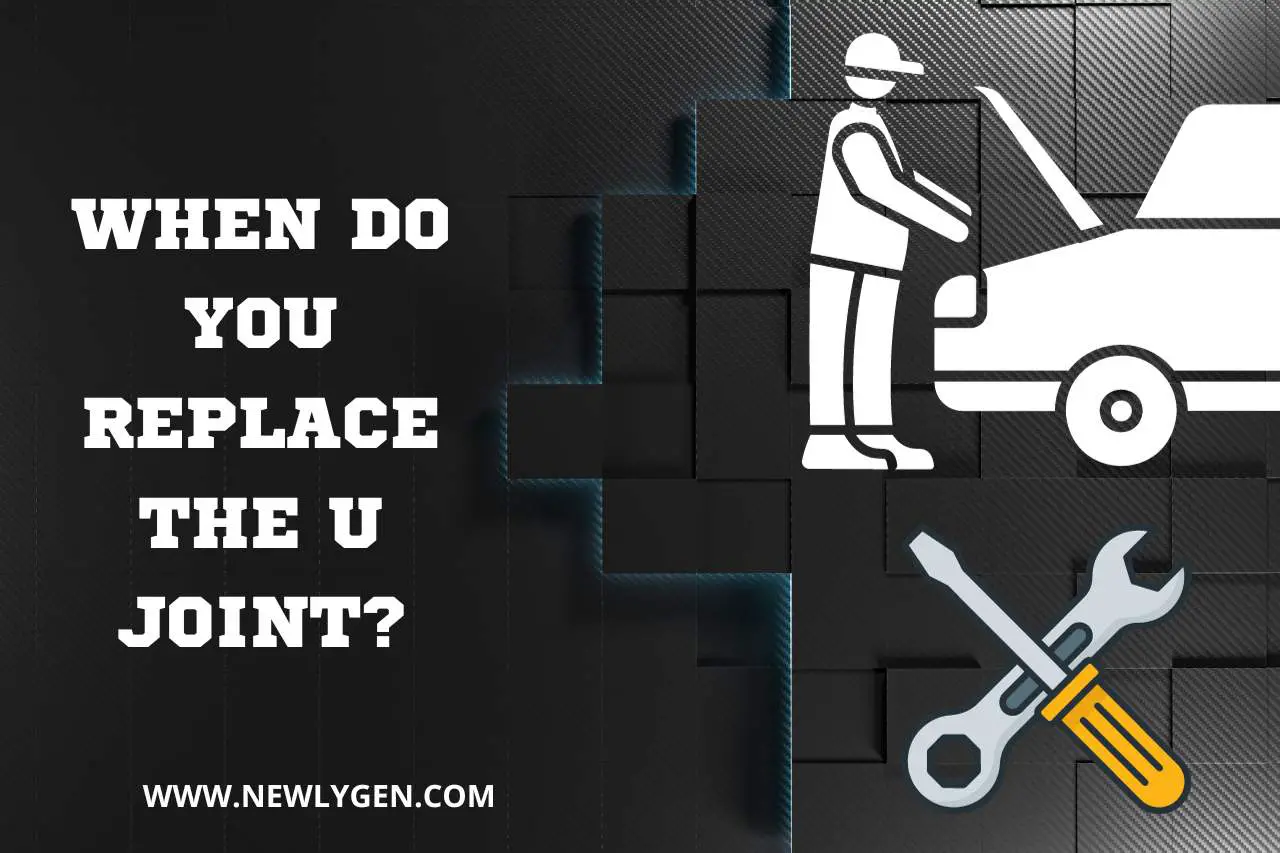


When Do you Replace the U Joint?
You should replace your U joint when you notice signs such as excessive vibrations, clunking noises and so on. Recognizing the need for U-joint replacement is crucial for maintaining your car’s drivetrain. Based on our extensive experience, we recommend keeping an eye out for these clear signs:
- Vibrations: When your car vibrates during acceleration or deceleration, especially at higher speeds, it’s often a warning that the U-joint is wearing out. These vibrations typically get stronger as you go faster and might feel like they’re coming from the wheels.
- Clunking Noises: A noticeable clunking sound, especially when you shift gears or change direction, often points to a U-joint issue. You will feel it like hearing metal parts colliding under your vehicle.
- Increased Driveshaft Play: To check this, try moving the driveshaft up, down, and sideways. If it moves a lot, the U-joint’s needle bearings are likely worn out.
- Visible Damage: Regularly inspect the U-joint for any signs of cracks, rust, or damage to the rubber boots that protect the bearings. Grease leaks around these boots are a red flag for internal wear.
- Steering Wheel Shake: In severe cases, a faulty U-joint can even cause your steering wheel to vibrate or shake, particularly at high speeds, which can affect your control over the car.
Keep in mind that ignoring these signs can lead to more serious, expensive repairs. Thus, if you notice any of these issues, we strongly suggest getting your car checked by a professional mechanic as soon as possible. Remember, timely action can save you from bigger headaches down the road!
You May Also Like
Does Axle Damage Total a Car? Find Out Here!
CV Axle Won’t Seat All the Way – (Expert Tips & Advice)
How to Grease Trailer Axle? Safety First!
How Much to Fix a Broken Axle? (Pricing & Considerations)
How Much does a Car Axle Weigh? Key Differences Unveiled!
How to Know If Car Axle is Bad? Making the Right Choice!
How Long Can you Drive with a Bad U Joint? Understanding the Impact!

